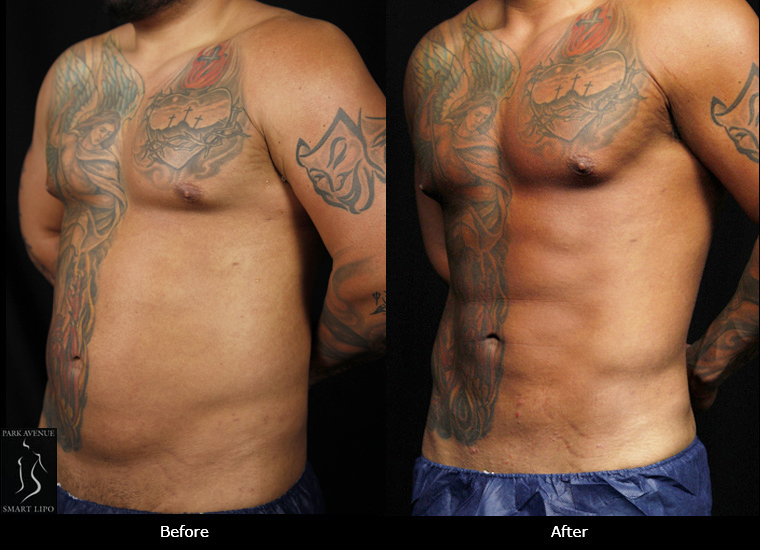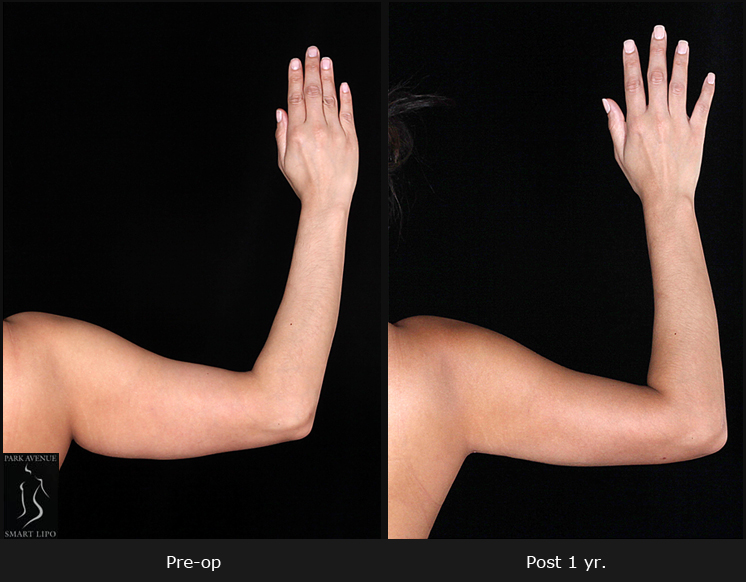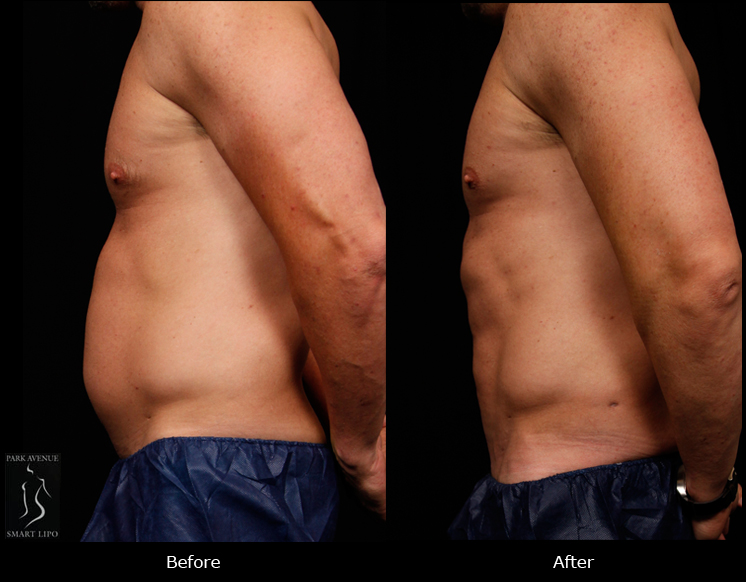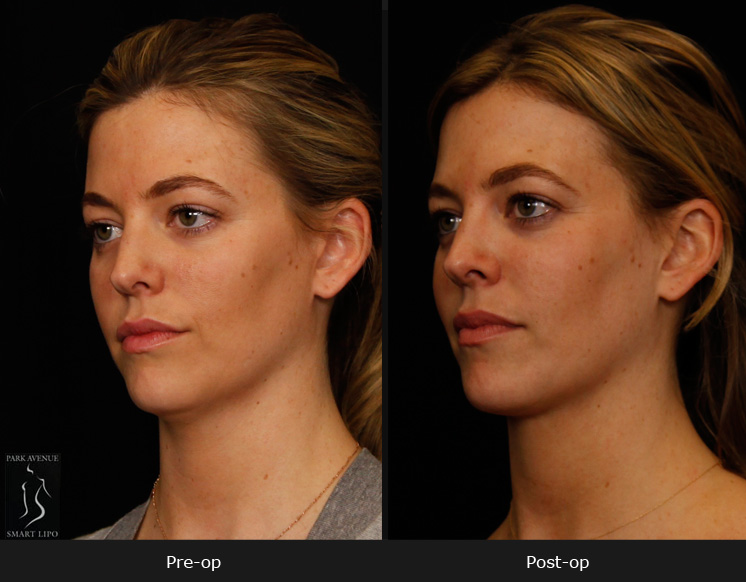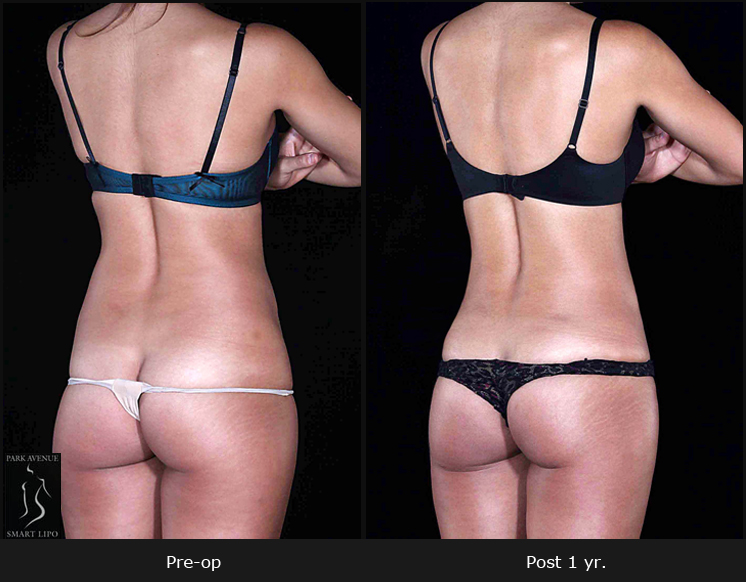Many men and women are opting to have laser liposuction in New York City to get rid of excess fat deposits that are unresponsive to diet and exercise. When performed by a skilled and experienced surgeon, the procedure can provide positive, long-lasting results. When liposuction is an outpatient procedure, recovery is quick for most patients. Following the plastic surgeon’s instructions on the use of compression garments is crucial for successful liposuction results.
Here are the answers to the most frequently asked questions about the use of compression garments after liposuction:
- What is a compression garment?
A compression garment is a close fitting elastic garment worn after a surgical procedure to reduce bleeding and swelling. Wearing the apparel helps in faster recovery by supporting the tissues, improving drainage and easing discomfort. Plastic surgeons usually recommend the use of compression garments following liposuction, tummy tuck and breast reduction surgery, and many other types of body contouring procedures. - What are the benefits of wearing a compression garment after liposuction?
Wearing a compression garment after liposuction treatment supports the healing process. Tumescent liposuction involves tiny incisions which do not require sutures and using a compression garment will help quicker drainage of any left-over tumescent anesthetic solution from beneath the skin. The key benefits of using an elastic compression garment after liposuction are:- Limits the buildup of edema – the watery fluid that can collect in the cavities or tissues of the body. Wearing the garment during the initial recovery phase will help address this concern quicker.
- Reduces swelling and bruising that may be caused by walking following liposuction of the lower extremities.
- Helps in the retraction and shrinking of loose skin left behind after liposuction.
- Promotes fluid drainage and resorption
- Reduces bleeding by applying pressure to the surgical sites
- Supports contour
- How does wearing a compression garment help the body heal faster after cosmetic surgery?
When wore correctly, the compression garment increases blood circulation around surgical sites which, in turn, speeds healing, reduces swelling, and flushes out harmful fluids. If you sneeze or cough, the garment can protect and stabilize the surgical site. In addition to minimize discomfort, this will lead to a shorter recovery time as well as a cleaner surgical area with less scarring. - How long should compression garment worn after liposuction?
The procedure may be performed under local or general anesthesia. The length of time that the garment should be worn would vary depending on the amount of fat removed, the skin’s elasticity, how much loose skin there is, recovery progress, and the surgeon’s observations. - What kinds of compression garments do liposuction patients use?
As liposuction can be performed on almost any area of our body, there are compression garments for all areas. Compression girdles and waistbands help after liposuction of the abdomen, buttocks, and hips. Compression sleeves, compression leggings or stockings are used after arm, leg, thigh and knee liposuction. - What makes a good compression garment?
Choose a compression garment that fits well. Improper post-surgical compression garments can undermine the healing process. A good compression garment is one that fits the patient appropriately. It should be comfortable, but not too tight. The garment should be stiff and stay in place, and not fold or roll up. Quality garments also do not cause pain or itching. Your plastic surgeon will provide the right advice on choosing your compression garment.
If you are considering liposuction in New York City, find an AAAASF-accredited plastic surgery facility that has experienced plastic surgeons. Such plastic surgeons will discuss everything related to the post-surgical phase at the consultation, including the use of the compression garment.

